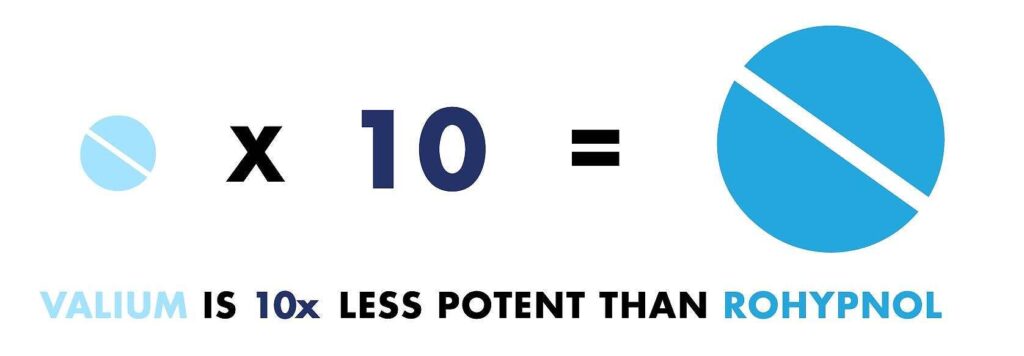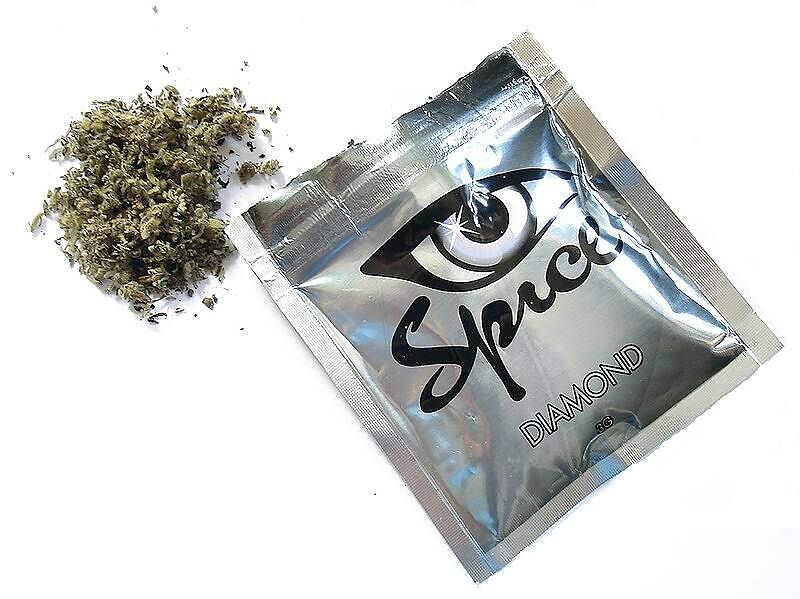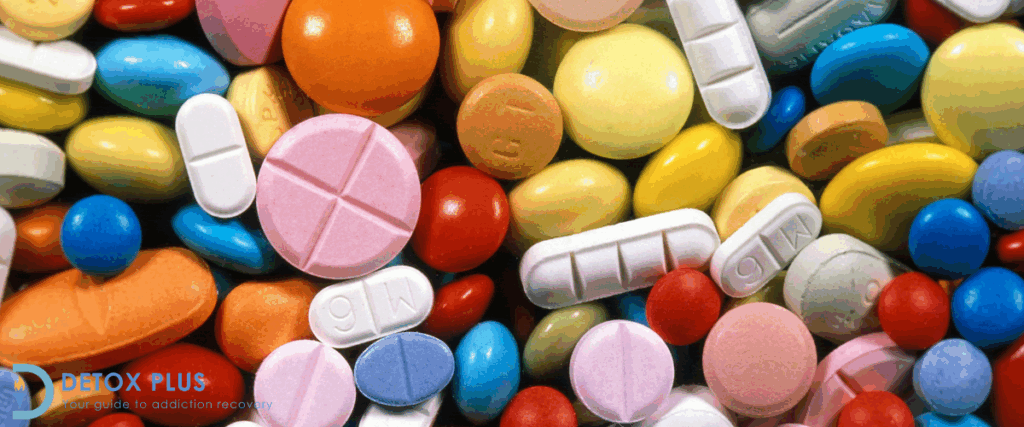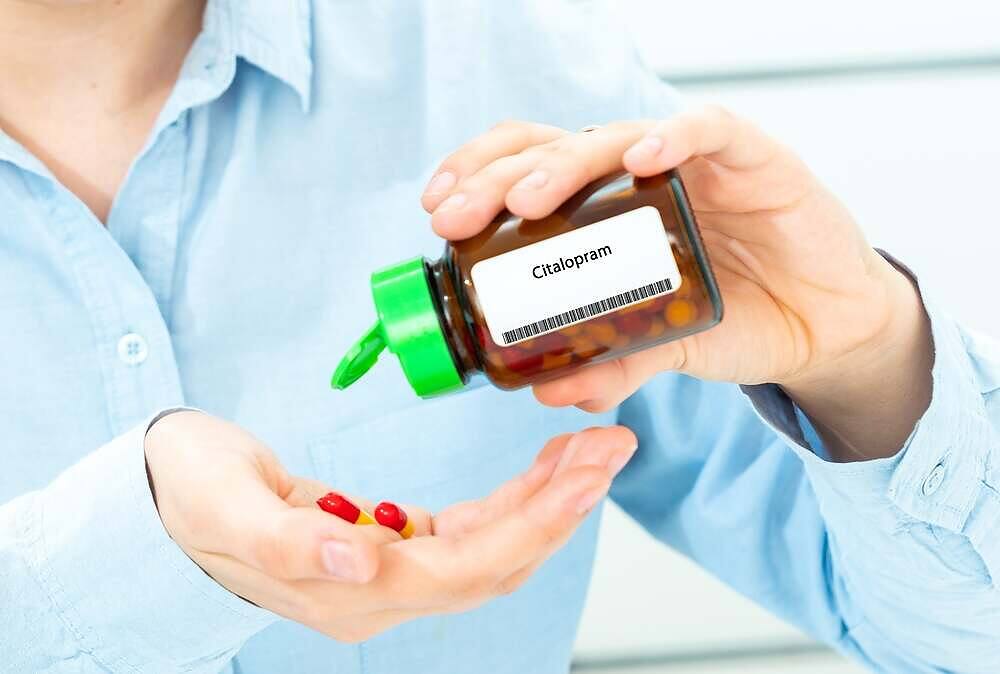
Citalopram (Cipramil, Celexa) is an antidepressant drug not known for leading to addiction. However, it can cause dependence and be misused.
Although it isn’t chemically addictive, this doesn’t stop a person prone to addiction and suffering from low mood or anxiety from abusing it.
Citalopram is a mild antihistamine and, as such, has mild sedating properties. Because of this, some may be tempted to abuse it. Cipramil may also cause increased drowsiness when mixed with other drugs, which can be another factor for abuse.
Citalopram addiction is rare, mainly because other drugs would be far more efficient in producing a high or the onset of sleepiness. However, dependence and tolerance to Citalopram can and does occur.
When tolerance develops, the medication may not work as well as it did. Some patients may be tempted to take more than prescribed to alleviate their initial symptoms. Additionally, dependence makes many people take antidepressant medication for years after it was initially prescribed. This is common, not just with Cipramil but with other antidepressants also.
Withdrawal from Citalopram can be unpleasant and cause rebound anxiety and depression if not managed correctly.
If you take Citalopram or another antidepressant and wish to stop the medication, a monitored tapered withdrawal is clinically recommended.
What is Citalopram?
Citalopram is often prescribed to treat low mood (depression) and anxiety. It can also help diminish panic attacks in a person with panic disorder. Cipramil is a commonly used SSRI antidepressant medication with fewer side effects than many other antidepressants.
Long-term use can lead to physical as well as psychological dependence. You should never stop taking any antidepressant without consulting your doctor about a tapering-off regime.
In this article, we will look at what Citalopram is, what it treats, its side effects and even its possible use in reducing alcohol intake.
Citalopram is a commonly prescribed selective serotonin reuptake inhibitor (SSRI). In the UK, Citalopram is sold under the brand name Cipramil; in the US, it is sold under Calexa.
SSRI medications are often the first line of pharmaceutical treatment for depressive illnesses. Antidepressant medications work best when they are combined with therapy and counselling.
Citalopram does not produce a high or make you feel instantly happy. It can take up to 6 weeks of continuous treatment before some patients feel an improvement in their mood; therefore, it has a low abuse potential and is not commonly associated with addiction.
Citalopram Side Effects
Citalopram (Cipramil) is associated with some common side effects, including:
- Changes in weight and appetite
- Drowsiness
- Dry mouth
- Increased fatigue
- Insomnia
- Vivid dreams
- Sweating
- Tremors
- Increased anxiety
- Upset stomach and diarrhoea
- Excessive yawning
- Sexual dysfunction
The above side effects of Cipramil can occur during the early days of treatment. They usually wear off the longer the person takes the medication. However, if they persist or are particularly troublesome, you should always speak to your healthcare provider.
Whilst Citalopram is usually well tolerated, it does not suit everyone. You and your physician may choose a different dosage or medication.
In the United States, Celexa, the brand name for Citalopram, carries a warning on the packaging that using this medication may increase suicidal ideation and behaviour in those under the age of 24. This is something to be aware of, and speak to a medical professional if you start having suicidal or self-harming thoughts.
What Is Citalopram Used For?
Citalopram is licensed in the UK to treat depression and panic disorder (with or without agoraphobia). It also has some additional off-label uses where it is effective.
Off-label, Citalopram can be used to treat the following conditions:
- Anxiety
- Dysthymia or PDD (persistent depressive disorder)
- Premenstrual dysphoric disorder
- Body dysmorphic disorder (BDD)
- Obsessive-compulsive disorder (OCD)
- Impulse control disorder
According to the National Institute for Health and Clinical Excellence, Citalopram ranks fifth in efficacy and fourth in cost-effectiveness amongst the top ten antidepressants prescribed. Hence it is one of the most widely used antidepressant medications.
What Are Normal Doses of Citalopram?
Citalopram is available in three doses: 10mg, 20mg and 40mg.
Generally, adults are prescribed 20mg daily; however, some may begin at a lower dose or require the maximum dose for their condition. This is because the medication can increase anxiety in some patients. For instance, if it is prescribed for panic attacks, a 10mg dose may be recommended to start.
In those under 24, a slow and well-monitored titration is recommended to avoid the onset of suicidal thoughts and behaviours.
Additionally, those with impaired liver function or over 65 are prescribed no more than 20mg daily.
Following your GP’s instructions is important, and taking only what is prescribed.
If you miss a dose, it is recommended that you take your next dose as normal. Doubling up on a dose or taking two doses close together may be harmful.
Citalopram withdrawal symptoms
SSRI discontinuation syndrome has been reported when treatment is stopped. This syndrome is much more likely to occur in those who reduce their medication too quickly or go against medical advice.
Withdrawal symptoms can be greatly diminished by gradually reducing the medication at a pace your brain can adjust to comfortably. This may vary from person to person.
Symptoms of Citalopram withdrawal include:
- Increased anxiety
- Insomnia
- Irritability
- Reduced focus and concentration
- Brain fog
- Nausea
- Mood swings
- Palpitations
- Confusion
- Sweating
- Electric shock-like sensations
Does Citalopram treat addiction?
Citalopram doesn’t treat addiction. However, it can treat underlying low mood or anxiety that can contribute to a person’s addiction. Many factors come into play that can make a person more predisposed to addiction, and co-occurring disorders (dual diagnosis illness) are one of them.
Interestingly, Citalopram has produced a modest reduction in alcoholic drink intake and increased alcohol-free days in studies of people with addiction. This has been attributed to Citalopram possibly decreasing the desire for alcohol or reducing the reward in the brain of those with alcoholism.
Whilst Citalopram may help in reducing the desire for alcohol, it is not an approved method of treating addiction. Addiction is a complex psychological condition requiring ongoing treatment through evidence-based therapies and a recovery programme. Whilst medication can play a part in treating underlying mental health illness, a person with addiction requires treatment socially, environmentally, emotionally, psychologically and often physically.
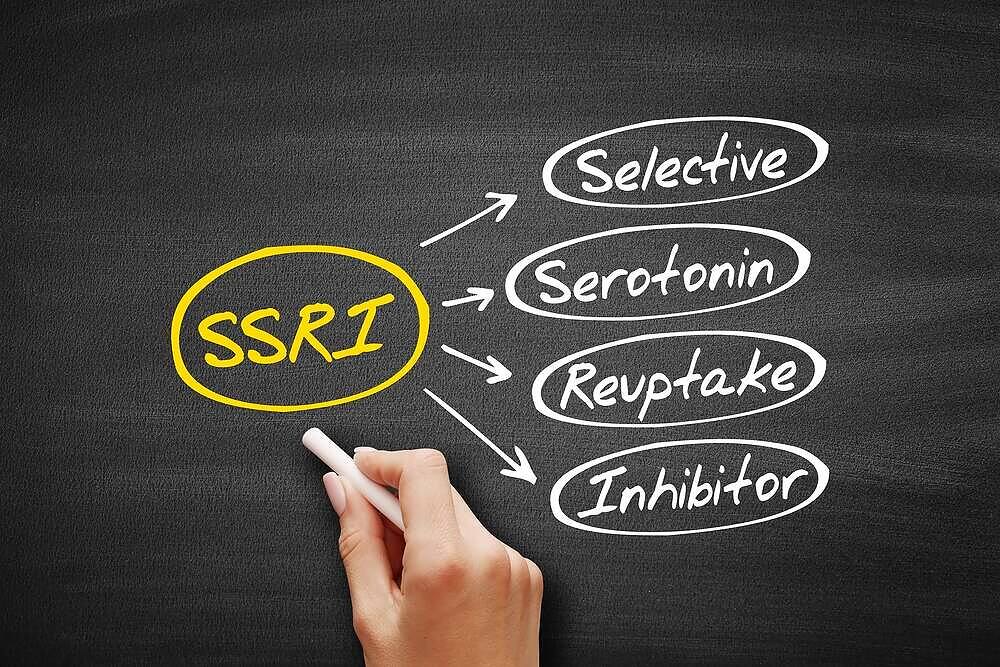
Citalopram, Addiction and Serotonin Syndrome
Animal studies have indicated that powerful cannabinoid receptor agonists may stimulate serotonin receptors, while THC blocks serotonin reuptake. Consequently, concurrent use of cannabis or synthetic cannabinoids and an SSRI such as Citalopram may also lead to serotonin syndrome. If you have an addiction to cannabis or synthetic cannabis such as Black mamba or Spice, please discuss this with a medical practitioner before taking any SSRI medications.
Opioids such as tramadol and heroin also inhibit the serotonin uptake in the brain, putting a person on SSRIs at greater risk of developing Serotonin Syndrome.
It is also not recommended to take Citalopram in combination with St John’s Wort, tryptophan or 5-HTP due to the potential for developing serotonin syndrome.
Tryptophan and 5-HTP can lead to increased serotonin levels in the brain, and St John’s Wort has been observed to reduce the effectiveness of enzymes that process Citalopram. Therefore, combining these drugs can result in dangerously high serotonin levels in the brain and lead to a potentially fatal condition known as serotonin syndrome.
Serotonin syndrome usually occurs within several hours of taking a new medication, dosage increase or an additional drug that increases serotonin levels in the brain. Taking just antidepressant medications poses a low risk when supervised by your doctor. More often than not, this syndrome develops when a person is taking other serotonin-enhancing drugs 12
Symptoms of serotonin syndrome can range from mild to life-threatening
Symptoms of Serotonin Syndrome:
- Agitation or restlessness
- Insomnia
- Confusion
- Delirium
- Rapid heartbeat and high blood pressure
- Irregular heartbeat
- Dilated pupils
- Loss of muscle coordination
- Twitching muscles
- High blood pressure
- Hyperthermia
- Muscle rigidity
- Sweating
- Diarrhoea
- Headache
- High fever
- Seizures
- Renal failure
- Coma
If you develop any symptoms of Serotonin Syndrome, seek emergency help from your local hospital immediately.
22% of the Population in England Take Antidepressant Medications
Following the COVID pandemic lockdown, there has been over a 5% increase in prescribing antidepressants.
The NHS Business Services Authority (BSA) released figures indicating that the number of people prescribed antidepressants in England rose from 7.87 million in 2020/2021 to 8.32 million in 2021/2022. That’s the equivalent of 22% of the general population in England currently taking medication for their mental health. Furthermore, two-thirds of people on antidepressant drugs are female.
In The UK, There Are 8 SSRI Antidepressants Prescribed:
- Citalopram (Cipramil)
- Dapoxetine (Priligy)
- Escitalopram (Cipralex)
- Fluvoxamine (Faverin)
- Fluoxetine (Prozac or Oxactin)
- Paroxetine (Seroxat)
- Sertraline (Lustral)
- Vortioxetine (Brintellix)
The Relationship Between Citalopram, Addiction and Depression
Many people who suffer from addiction are prescribed antidepressants. However, the relationship between depression and addiction is bi-directional. This means those who abuse drugs are more likely to suffer depression and vice versa. The same can be said for those who suffer from anxiety and addiction.
An accurate diagnosis of a mental health illness can only be given once substance use has ceased and withdrawals have passed. For some people, this may require a substance detox or a stay in a rehabilitation centre.
If you or a loved one are struggling with substance abuse and want help to stop it, our CQC/SCSWIS-approved treatment centres can help. Our detox and rehab centres are run by a multidisciplinary team of professionals who can treat common dual-diagnosis conditions that co-occur with addiction. This includes treatment for panic disorder, anxiety, depression and PTSD. We can also provide information on local BACP registered counsellors and therapists, should this be your preferred course of treatment.
Contact our team of friendly experts today for a free and confidential assessment of your treatment needs and advice on the next steps to take.
References
- Citalopram (Celexa)
- Citalopram 20mg Tablets (emc)
- National Clinical Practice Guideline 90. Depression: The treatment and management of depression in adults, updated edition (2010)
- NHS: How and when to take Citalopram
- Stahl SM (2011). The Prescriber’s Guide (Stahl’s Essential Psychopharmacology). Cambridge, UK: Cambridge University Press. ISBN 978-0-521-17364-3.
- Prakash O, Dhar V (June 2008). “Emergence of electric shock-like sensations on escitalopram discontinuation”. Journal of Clinical Psychopharmacology. 28 (3): 359–360. doi:10.1097/JCP.0b013e3181727534. PMID 18480703.
- “Citalopram withdrawal: What to expect”. www.medicalnewstoday.com. 13 October 2022. Retrieved 19 December 2022.
- Tiihonen J, Ryynänen OP, Kauhanen J, Hakola HP, Salaspuro M (January 1996). “Citalopram in the treatment of alcoholism: a double-blind placebo-controlled study”. Pharmacopsychiatry. 29 (1): 27–29. doi:10.1055/s-2007-979538. PMID 8852531.
- Serotonin Syndrome versus Cannabis Toxicity in the Emergency Department
- Karch AM (2006). Lippincott’s Nursing Drug Guide. Hagerstwon, MD: Lippincott Williams & Wilkins. ISBN 978-1-58255-436-5.
- “The History of Tryptophan, Serotonin and 5-HTP”. www.oxfordvitality.co.uk. Retrieved 22 July2018
- Serotonin Syndrome
- Antidepressant prescribing increases by 35% in six years
- Medicines Used in Mental Health – England – 2015/16 to 2021/22
